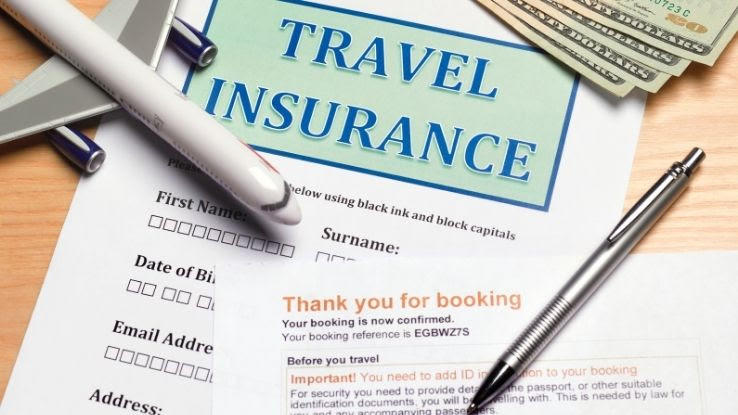Getting My Pacific Prime To Work
Getting My Pacific Prime To Work
Blog Article
All About Pacific Prime
Table of ContentsWhat Does Pacific Prime Mean?Some Known Questions About Pacific Prime.The Definitive Guide to Pacific Prime5 Easy Facts About Pacific Prime ShownGetting The Pacific Prime To Work

This is because the information were gathered for a duration of strong financial efficiency. Of the estimated 42 million individuals who were uninsured, almost concerning 420,000 (regarding 1 percent) were under 65 years of age, the age at which most Americans come to be eligible for Medicare; 32 million were adults in between ages 18 and 65, around 19 percent of all adults in this age; and 10 million were youngsters under 18 years of age, concerning 13.9 percent of all kids (Mills, 2000).
These price quotes of the number of persons uninsured are generated from the yearly March Supplement to the Present Populace Study (CPS), conducted by the Census Bureau. Unless or else noted, national quotes of people without medical insurance and proportions of the population with different type of insurance coverage are based on the CPS, the most widely utilized source of quotes of insurance policy protection and uninsurance prices.
A Biased View of Pacific Prime

Still, the CPS is specifically beneficial since it creates annual price quotes fairly swiftly, reporting the previous year's insurance protection approximates each September, and since it is the basis for a consistent collection of price quotes for even more than twenty years, enabling analysis of trends in coverage over time. For these reasons, along with the considerable use of the CPS in other studies of insurance policy coverage that exist in this record, we count on CPS quotes, with limitations kept in mind.

The estimate of the variety of uninsured individuals broadens when a population's insurance policy standing is tracked for several years. Over a three-year period starting early in 1993, 72 million individuals, 29 percent of the united state populace, lacked coverage for at the very least one month. Within a single year (1994 ), 53 million individuals experienced a minimum of a month without coverage (Bennefield, 1998a)
6 out of every 10 without insurance grownups are themselves used. Although working does improve the possibility that one and one's household members will certainly have insurance coverage, it is not a guarantee. Also members of family members with two permanent breadwinner have almost a one-in-ten possibility of being uninsured (9.1 percent without insurance price) (Hoffman and Pohl, 2000).
All About Pacific Prime
New immigrants represent a substantial proportion of individuals without health insurance policy. One analysis has connected a significant section of the current development in the size of the united state uninsured population to immigrants that showed up in the nation between 1994 and 1998 (Camarota and Edwards, 2000). Current immigrants (those that concerned the USA within the previous four years) do have a high price of being uninsured (46 percent), yet they and their children make up simply 6 percent of those without insurance across the country (Holahan et al., 2001).
The partnership between health and wellness insurance policy and access to care is well established, as documented later on in this chapter. The partnership in between health insurance policy and health and wellness results is neither direct nor basics basic, a substantial professional and health services study literary works web links health insurance coverage to better accessibility to care, better quality, and boosted individual and populace health and wellness standing.
Degrees of evaluation for taking a look at the effects of uninsurance. It focuses specifically on those without any kind of health and wellness insurance for any type of size of time.
Some Known Details About Pacific Prime
The problems encountered by the underinsured are in some aspects comparable to those dealt with by the uninsured, although they are generally less extreme. Wellness insurance policy, nonetheless, is neither necessary neither enough to gain accessibility to clinical services. The independent and straight result of health and wellness insurance coverage on accessibility to health solutions is well developed.
Others will obtain the health treatment they require also without medical insurance, by spending for it expense or seeking it from providers who provide care free or at highly subsidized prices. For still others, wellness insurance policy alone does not make certain receipt of care due to other nonfinancial obstacles, such as an absence of healthcare carriers in their community, restricted accessibility to transportation, illiteracy, or etymological and social differences.
3 Easy Facts About Pacific Prime Shown
Official study concerning without insurance populations in the United States dates to the late 1920s and early 1930s when the Committee on the Expense of Medical Treatment generated a series of records concerning financing doctor workplace check outs and hospital stays. This issue ended up being significant as the numbers of clinically indigent climbed throughout the Great Clinical depression.
Report this page